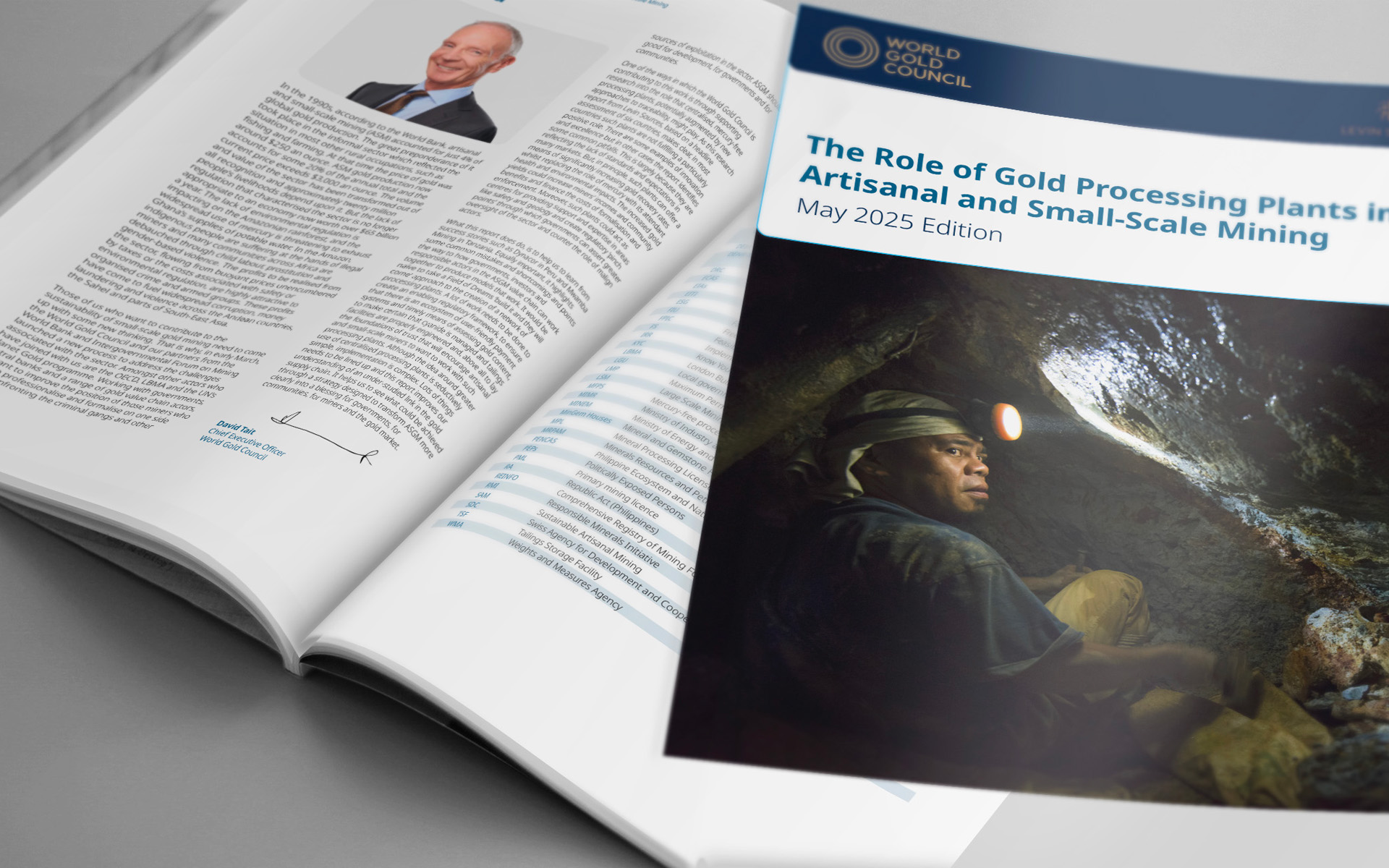An unprecedented market configuration for prepayment financing
The surge in gold prices over the past 18 months has meant that fewer ounces can be delivered for the same amount borrowed, making this method of financing even more competitive. Besides, the rise in interest rates has been partially offset by the concomitant tightening of credit spreads.
Financial markets have rarely been so kind to gold mining companies. From 2022, the return of inflation began to reinforce gold’s role as a safe-haven asset in a hardening geopolitical context. Today, it is the prospect of a cut in US Federal Reserve policy rates which, even if delayed by the persistence of stronger-than-expected inflationary pressures, is strengthening investors’ appetite for the metal. As a result, gold has appreciated by more than 40% in just 18 months.
For mining operators, this sharp rise in prices is boosting profit prospects and improving prepayment financing conditions. What is prepayment financing? Under this mechanism, the creditor advances funds in exchange for subsequent repayment in the form of delivery of a predefined volume of metal, acting both as financier and buyer of production. By increasing the dollar value of the same quantity of gold, the rise in prices means that fewer ounces can be delivered for the same amount of funding. The impact is far from neutral: a commitment of almost 500 ounces is now enough to raise a million dollars over a 12-month period, compared with almost 600 a short time ago. This is a clear advantage for mining companies, which very rarely hedge their entire production and which can therefore lock in a high selling price in the event of a return to lower levels at the time of deliveries.

Credit spreads narrowing
Then there are interest rates, which are inevitably affected by changes in prepayment financing. Admittedly, interest rates have risen sharply since 2022 as a result of a reversal of monetary policy in response to the return of inflation, complicating the cost of financing. But what is the situation today? The effects of this change of regime are actually mitigated by two factors. Firstly, credit spreads, which generally represent up to 8 to 10 points of the financing costs applied to mining companies. This risk premium, which is required to take account of the uncertainties inherent in this industry, tends to decrease when interest rates rise, partially offsetting the effect on the overall cost of borrowing.
In addition, the rise in gold prices over the past 18 months has generally increased cash flow generation by mining companies, and in turn improved their credit quality. This in turn reduces their risk profile and hence their credit spread, again mitigating the impact of high interest rates. Finally, the prospect of the start of a cycle of cuts in US key rates in the second half of the year is beginning to have an impact on long-term financing costs via a flattening of the yield curve.
Compensating for bank desertion
All this is excellent news for operators looking for capital to finance their investments or even their operations. With the dollar value of their future production rising, interest rates expected to ease and credit spreads narrowing, they have a unique window of opportunity to raise cheap finance through prepayments. All of which adds to the appeal of this financing mechanism, which is particularly well suited to this industry at a time when regulatory and prudential constraints are increasingly forcing banks to withdraw from this market segment.







